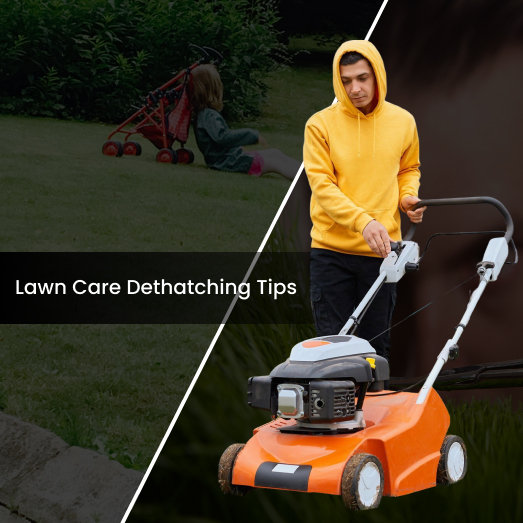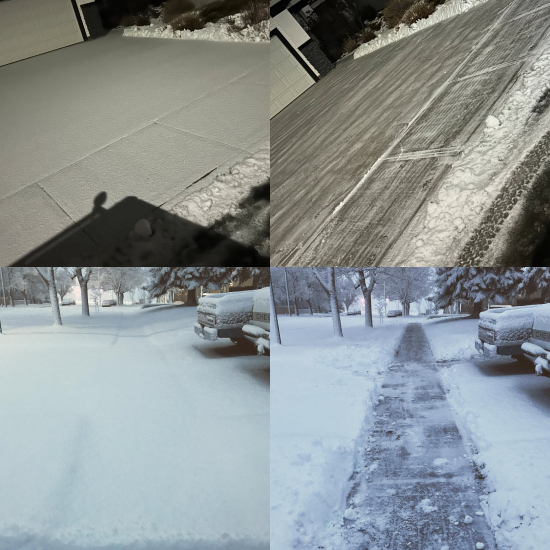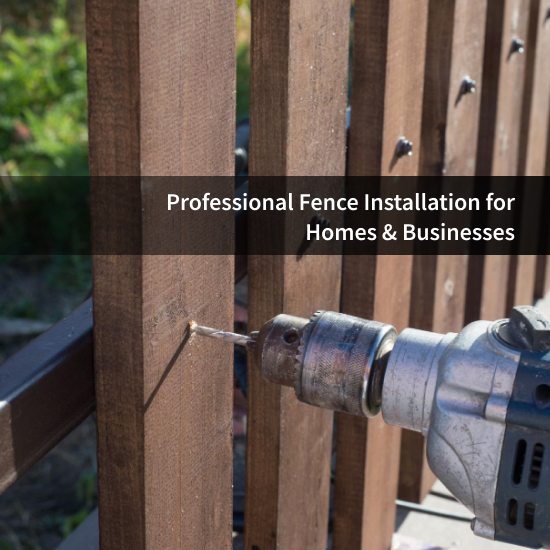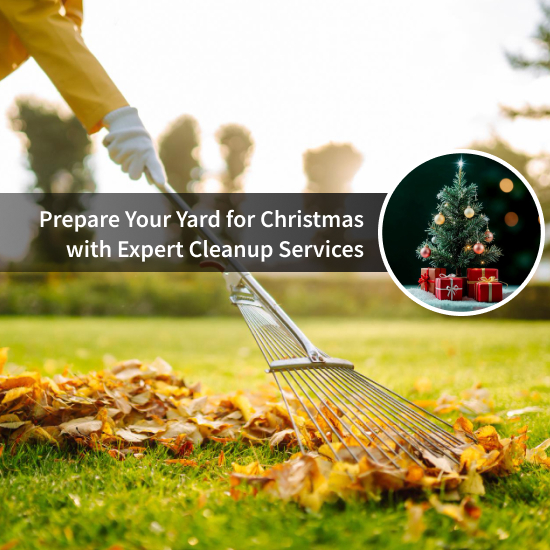The Right Time to Dethatch Grass for a Healthier Lawn

It takes more than just routine mowing and watering to keep a lush, green lawn. Dethatching is one of the most neglected but crucial lawn care chores. Despite your best efforts, for a healthier lawn if you’ve observed that your grass appears weak, spongy, or even spotty, the problem might be lurking just beneath the surface. When it comes to maintaining a healthier lawn, knowing when to dethatch grass can make all the difference.
This blog post will explain what thatch is, why it’s crucial to dethatch, and—above all—when it’s best to do it.
Describe Thatch and Explain Its Problem.
Let’s start by defining thatch before discussing timing. Thatch is a thick layer of dead grass stems, roots, and other debris that sits between the soil’s surface and the living grass blades. It is less than ½ inch and can shield the soil and help retain moisture, but too much thatch suffocates your lawn.
Issues brought on by excessive thatch:
- Stops water and nutrients from reaching the roots.
- Provides a haven for fungus and bugs.
- Increases the likelihood of heat stress and dryness in lawns
- Prevents the growth of fresh grass
If you have lawn disease issues or your grass feels spongy when you walk on it, it’s time to check your thatch layer.
When is the Right Time to Dethatch Grass?
Your local climate and the type of grass you have—warm-season or cool-season—will determine the ideal time.
The best time of year to dethatch cool-season grasses is in the early spring or early fall. Because these grass recover more quickly when the weather is cold.
For warm-season grasses, late spring to early summer is the ideal time of year. SOS Exterior advises that the best time to recover from dethatching is now because warm-season grasses thrive in warmer weather.
In Alberta or similar northern climates where cool-season grasses are more common, dethatching grass is usually best done in the early spring, right before your lawn begins to grow.
Signs It’s Time to Dethatch Grass
Do you have doubts about whether your lawn needs to be dethatched? Here are some indicators to watch out for:
- You can tell if your lawn is bouncy or springy by looking underfoot.
- It is also signs to detach grass even after watering, the grass still looks uneven, thin, or dry.
- Typically, water doesn’t soak in; instead, it pools or runs off.
- There are more pests and fungal diseases.
- By cutting a tiny wedge of lawn or using a soil probe, you can determine that the thatch layer is more than ½ inch deep.
How to Dethatch Your Lawn: DIY or Professional Help?
Either hand labor or sophisticated equipment can be used to dethatch. Your options are as follows:
1. Raking by hand
Ideal for light thatch and tiny lawns. Pull up the thatch with a sharp-bladed thatching rake. It takes a lot of work, but it works.
2. Power Dethatcher (Scarifier)
For heavy thatch or medium-to-large lawns. These devices lift the thatch up for effortless removal after slicing through it.
3. Expert Dethatching Services
Hire experts if you lack the resources, time, or energy. S.O.S. Exteriors provides expert lawn aeration and dethatching services to help your grass flourish without the trouble.
Combine Dethatching with Aeration for Best Results
Aeration loosens compacted soil by making tiny holes in your grass, and dethatching removes accumulated waste. This improves ventilation, nutrient delivery, and water absorption.
You may give your grass the ideal makeover by doing both at around the same time, especially in the spring.
S.O.S. Exteriors suggests combining dethatching and aeration for a healthier, greener lawn throughout the season for homeowners in Lethbridge and the surrounding communities of Alberta.
Aftercare: What to Do Post-Dethatching
Your grass may probably appear a little rough after you’ve dethatched it, but don’t worry, this is typical. Here’s how to aid in its recovery:
Water deeply: To aid with root recovery, thoroughly wet your lawn.
Use fertilizer: To promote uniform root growth, use slow-release fertilizer.
Optional: If you want to fill the gap in your lawn. Overseeding can help fill in the gaps in your lawn if it appears sparse.
Carefully mow: Don’t cut your grass too short and wait a few days before mowing. So this process should be done carefully.
Your grass should recover wonderfully and become more disease-, drought-, and pest-resistant with proper treatment.
How Often Should You Dethatch?
Dethatching is usually only necessary every two to three years. But this can change based on:
Type of grass
- Lawn maintenance practices
- Drainage and soil type
- Use of pesticides and fertilizers
Choose S.O.S. Exteriors for Lawn Dethatching in Lethbridge
Professional dethatching and aeration are among the full range of lawn care services that S.O.S. Exteriors specializes in. We know just when and how to safely revitalize your lawn because we are familiar with Alberta’s environment and grass kinds.
Our offerings are:Economical and effective
- Completed using high-quality equipment
- Supported by knowledgeable local specialists
- Customized to meet the unique needs of your lawn
End Of the Line
Dethatching is an essential component of keeping a beautiful, healthy lawn; it’s not just a hassle. Determining when to dethatch grass will help you avoid lawn problems and encourage robust root development. A properly dethatched lawn is the first step to a thicker, greener yard, regardless of whether you’re a hands-on gardener or would rather leave it to the professionals.
Are you prepared to start over with your lawn? For professional dethatching services in Lethbridge and beyond, get in touch with S.O.S. Exteriors right now!
Commonly Asked Questions
Particularly for cool-season grasses, it is not optimal. Your lawn may be stressed by the summer heat. For optimal results, limit your efforts to spring or fall.
No. Ranking and dethatching is both different things. While dethatching cuts and eliminates the heavy layer of organic material beneath, regular raking clears the surface of leaves and debris.
Dethatching benefits, not damages, your lawn if done when and with the right care. It will reappear stronger, but expect a brief thinning.



